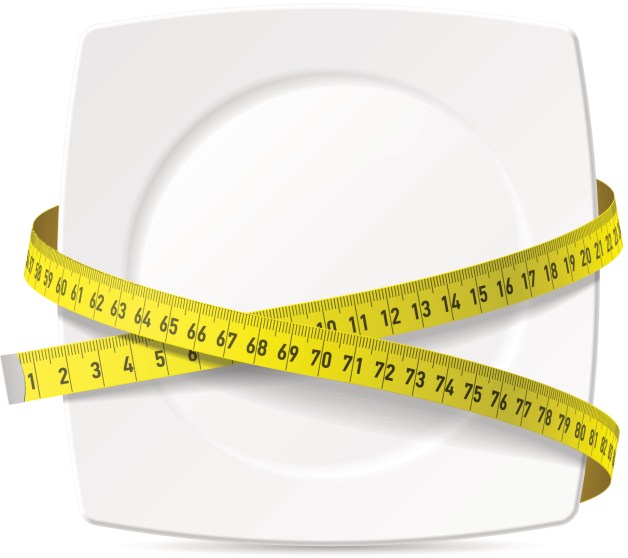Negative-Calorie Foods Still Count
Diet myths have come and gone, but some manage to stand the test of time. For instance, weight-loss seekers have often clung to the notion that "negative-calorie" foods not only exist, but that eating unlimited portions will help melt away the pounds. As enticing as it seems to eat foods that require more energy to chew, digest and absorb than they actually contain, there is no research to support this claim. Although foods such as celery, lettuce and cucumbers may have negligible calories, make no mistake, they still count towards a day's worth of calories.
To challenge the supposed catabolic effect of certain foods, let's review some basic facts about metabolism.
How Metabolism Works
We know our bodies burn a certain amount of calories at rest. This is called basal metabolic rate, or BMR, and the calculation takes into account height, weight and age. When the BMR result is multiplied by an activity factor ranging between 1.2 (for sedentary individuals) and up to 1.9 (highly active), you will have a rough estimate of total calories burned in one day.
The next factor to consider with metabolism (and the one negative-calorie proponents will tout) is the thermic effect of food, or the amount of energy used to chew, digest and store nutrients. Compared with BMR and physical activity, our bodies burn the fewest calories for this purpose, approximately 5 to 15 percent. For a sedentary male with a BMR of 1,840 calories, only 90 to 270 calories would be used for digesting foods, indicating that physiologically, this doesn't require much energy. In addition, age, excess body weight and a sedentary lifestyle decrease the efficiency of this process. Despite a minor rise in energy expenditure for a few hours after ingesting food — even with extremely low-calorie foods — don't expect this to result in weight loss.
A quick search on the internet leads to lists of "negative-calorie foods" and catabolic diets. Celery often tops lists of less-than-zero fare, followed by lettuce, onions, cucumbers and a few citrus fruits. These foods share similar nutrition profiles: low in calories, high in fiber, and water contents exceeding 90 percent by weight. These low-calorie, plant-based foods are an important part of a balanced diet, but, alone, lack adequate nutrients, including protein and fat, to sustain a healthy body.
Establish a Flexible Approach to Eating
Shifting the focus away from individual foods and concentrating efforts on establishing a healthy diet pattern is a more sustainable and flexible approach to eating that includes a variety of foods. With nearly two-thirds of U.S. adults overweight and obese, there is both an interest and need for clarity when it comes to safe, healthy and sustainable weight-loss approaches. Working towards establishing a diet pattern inclusive of a balanced variety of foods is an approach that will most likely lead to healthy eating habits that will last a lifetime.
-
Fitness Information That Will Help You Get Fit
The level of commitment and dedication it takes to achieve and m
-
7 Reasons You Should Do Plyometrics Every Day
-
You Can Make Simple Changes To Become Fit
Most people have physical fitness goals. It’s sad to note
-
Lawcalorie Snacks
Sandwiches with cotton cheeseIngredients (for 1 portion):1 slice of wh
-
Speedy Weight Loss Exercise Regimen
People are terrible impatient these days what with the ?instant? manne
-
Easy Tips to Lose Weight in Summers
Summer can be the most ideal season for losing weight as you naturall
- DON'T MISS
- How Mind Over Matter Can Help You to Lose Weight
- Break The Chain Of Yo-Yo Dieting
- Weight Loss Diet Makeover Guidelines to Help You Drop 10 Pounds or More
- Weight Loss Program Reviews- What You Need to Know
- Becoming Taller In A Quick Way
- Choose healthy foods for fast and effective weight loss
- Want To Lose Weight
- Atkins Diet 101
- Meratol: A Miracle Weight Loss Supplement
- Where To Find Weight Loss Food




